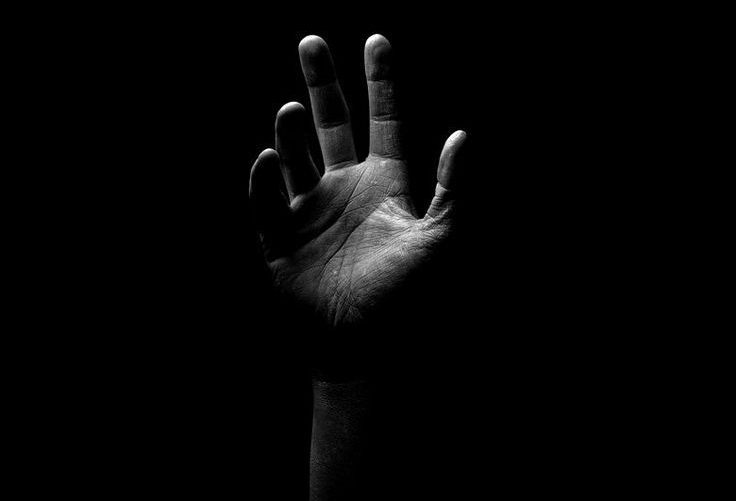In today’s world of vast cultural differences suddenly brought together by Globalization, language is a huge problem. Not everyone accepts the idea of English being the one common language nor do they have the time to be a polyglot and learn different languages. Communication, though, is very essential for survival and the ability to communicate efficiently is much sought after today. Is there a world where you understand concepts explained by foreign nationals without having to learn their particular language? Is there a world where you can make people comprehend your ideas without having to take pains explaining them in a different language?
The answer, fortunately, is yes. Art has managed to pull this off for years through pictures and music. Explaining the essence of music is far beyond my mental reach but I understand the emotions conveyed by slow trombones and sweet flutes. I too can comprehend the romance of the guitar strums and the suspense in the beating drums. We all have listened to the musical genius of John Williams in his many spectacular scores, basked in the glorious Silvestri sunshine, been awed by Hans Zimmer and raved about AR Rahman all day long. We prize Pink Floyd, love Led Zeppelin and let Bowie get the better of us all. After all, music is a part of the Force, a powerful ally. “Life creates it, makes it grow. It’s energy surrounds us and binds us”, as Yoda puts it.

Visuals tell a story as well. Colors (not the television channel) have been known to bring in emotions upon sight. The color Red is usually associated with violence due to the color of blood and has also been scientifically proven to induce hunger. That is why McDonalds, KFC and many other fast food chains predominantly use the color Red in either their promotions or as a part of the aesthetics of the interiors of their outlets.

Funny that it is widely regarded as the color of Love, for it is the color of the Romantic Rose (also the color of the kissing lips). Maybe the hunger for Love demands some violence after all. (See what I did there?)

Opposing Red in the color wheel is Green, the color of the meadows, the beautiful pastures and the forests we try to save. It spells nature and conveys peace. It makes us feel complete. Darker shades of green are warmer, while brighter fluorescent green, curiously, feels evil.

The color Blue, is cold and lifeless, like the color of our skin after a snake-bite. It is the color of the winter and sparks sadness. It is so serenely calm that the tranquility turns to thoroughly tumultuous turmoil with time. Many claim to have experienced this soothing effect when they encounter people with blue eyes. It is the color of the corporate collar as it possesses etiquette. Blue can be calm, serious and sad, all simultaneously.

The shades of Yellow and Orange are warm, so proven by the effect sit-coms have on us. These bright shades are light-hearted and they persuade us to laugh. You want proof? Look at the guy with the famous orange skin and yellow hair in the news almost daily. On the other hand, the unique shades of Violet, Purple and Pink are all cheerful when presented in addition to some contrasting colors to provide some relief. The overuse of these colors make us cringe in irritation as these colors get really offensive when thrown everywhere.
Grey is a mystery of its own. It is a mix of everything and nothing, of consummation and desolation, of white and black. There are numerous shades of grey (definitely greater than fifty) and each shade has a history, a character and a future. Every shade of grey is as human as human can be.


White is pure, vast and complete. It seems professional and of a superior level. It feels alien and unreachable. It is the color of the elite but lacks emotion. Anything on a white background seems fine and polished but fails to create an impact, as the white background pulls the attention away from the subject and onto itself.
Black, on the other hand, seems empty, dark and ugly. Widely associated with death and deep sorrow, it is the only color that manages to keep the attention to itself against a white background. Black backgrounds are selfless, deflecting our focus to the foreground. Black is minimalist. It is also the color of class and carries a certain feel to it. Black cars look amazing, and so do black colored electronics. Deeper blacks elevate the other colors used, increasing the contrast. Or simply, Black is BLISS.

Now imagine all of these colors, moving, dancing and making different patterns as music flows in the background. That is what a well-made movie is. A masterpiece. We don’t need language to comprehend these emotions nor do we need intellect. Our brain perceives all the colors and music and it gives us the effect, all automatically. We are programmed to feel art this way and we don’t need man-made languages to do this job for us. Art effortlessly shatters all human-made barriers for it even transcends time.
William Faulkner once correctly said, “The aim of every artist is to arrest motion, which is life, by artificial means and hold it fixed so that a hundred years later, when a stranger looks at it, it moves again since it is life”.


A great instructive and thought provoking article..
LikeLiked by 1 person